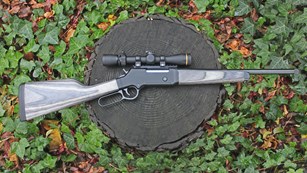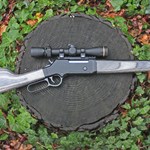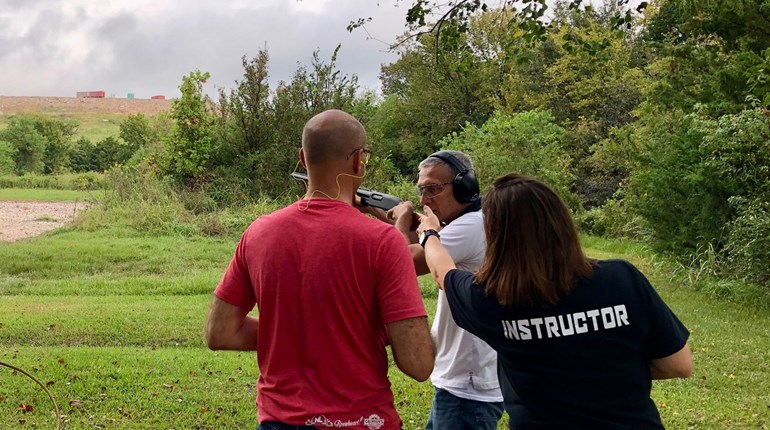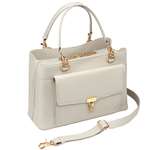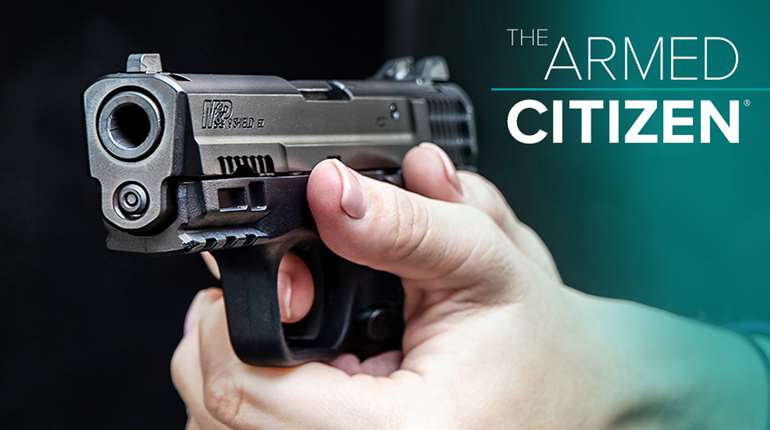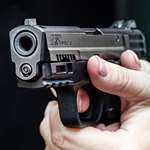
Firearms have their own language. To a non-shooter, it can be as foreign as trying to learn a new language. This terminology also includes ammunition. Ammunition terms are often not fully understood by shooters. A bullet is a projectile that is expelled from a rifled firearm. Understanding projectile or bullet terminology can help the shooter choose a bullet type that better meets his or her needs.
The term bullet weight—how heavy a bullet weighs, normally referred to as bullet grains (gr.)—is one that shooters need to understand. One bullet grain is equal to 1/7,000th of a pound or 1/437.5th of an ounce. A bullet’s weight can affect muzzle velocity, penetration and overall performance.
The type of bullet also determines the flight path and performance once it strikes its intended target. There are numerous bullet types on the market, each one developed for a specific purpose. Shooting enthusiasts need to be familiar with as many as possible, but there are 13 common bullet types you must know.
Full Metal Jacket (FMJ)
Full metal jacket (FMJ) is a type of ball ammunition. FMJ ammunition has a soft lead core encased in a harder metal. There are several advantages of FMJ. They feed better from the magazine into the chamber with less chance of a misfeed or stoppage. These bullets can also take higher velocities without bullet disfigurement. FMJ also can have deeper penetration compared to other types of ammunition.
Hollow Point (HP)
Hollow point (HP) ammunition has a hole in the top of the bullet. The basic hollow point bullet is made of a soft material such as lead. This hollow tip allows for rapid expansion that releases a lot of energy. This release of energy reduces the chance of the projectile passing through the target and causing damage beyond it.
Jacketed Hollow Point (JHP)
Jacketed hollow point (JHP) bullets are like full metal jacket projectiles except that they have a relatively shallow hole in the top toward the base. Looking into the hole will show the exposed material beneath the jacket. This is the preferred bullet type for self-defense ammunition because of the stopping power. The design allows for a more controlled expansion. The jacket keeps the projectile together until it hits the intended target. When the target is hit, the hole allows the bullet to mushroom easier.
Semi-Jacketed Hollow Point (SJHP)
The semi-jacketed hollow point (SJHP) is very similar to jacketed hollow point ammunition. The jacket covering the soft core in SJHP ammunition does not extend to the top of the bullet as in jacketed hollow points. This type of ammunition has all the stopping power of jacketed hollow point bullets with deeper penetration. When semi-jacketed hollow point bullets hit the intended target, they uniformly mushroom to a very large diameter. Semi-jacketed hollow points are usually associated with revolver ammunition such as .38 Special and .357 Magnum.
Soft Point (SP)
Soft point (SP) ammunition is also known as soft-nosed. Soft point ammunition is best described as a full metal jacketed projectile with an exposed soft nose. SP ammunition is designed to make a larger diameter hole upon impact than the original bullet. This type of ammunition is usually associated with hunting. Many rifle ammunition manufacturers produce this type of projectile for hunters.
Wad Cutter (WC)
Wad cutters (WC) are unjacketed soft bullets that are flush with the cartridge casing. This type of bullet is usually used for target practice. Holes punched in paper by wad cutters are very clean. The holes look as if they were made by a hole punch.
Semi-Wad Cutters (SWC)
Semi-wad cutters (SWC) are the same as soft-lead truncated bullets. They are accurate and expand easily upon impact. This type of ammunition used to be use by law enforcement before semi-jacketed hollow points were introduced.
Ballistic Tip (BT)
Ballistic tip (BT) bullets are also referred to as polymer tip ammunition. Ballistic tip ammunition is a jacketed hollow point bullet with a polymer or plastic tip inserted in the hole. These types of bullets were designed for rifle cartridges in hunting. The inserted tip aids in keeping the bullet intact as it travels through the air providing a better flight path before the bullet expands upon impact.
Bonded Bullet (BB)
A bonded bullet (BB) is a jacketed bullet that has been chemically or molecularly bonded to a lead alloy core. Bonded bullet ammunition is designed for deep penetration. This can be done in self-defense hollow point ammunition or jacketed “solids” when hunting dangerous game. Bonded bullets remain intact as it penetrates the intended target.
Steel Core (SC)
Steel core (SC) bullets are also referred to as armor piercing or green tip ammunition. Steel core bullets have a steel rod or small steel bullet surrounded by jacketed lead or a jacketed cover directly on the steel core. The tip of the bullet in SC ammunition is often dipped in a green paint, hence the name green tip ammunition. This is not to be confused with a green ballistic tip bullet. Steel core ammunition is usually prohibited at gun ranges due to the damaged caused by the bullet.
Truncated Cone Bullet (TC)
The truncated cone (TC) bullet is a cone-shaped projectile that has a flat nose. This design can be used for all bullet tips, for example, soft point, jacketed or hollow point. A truncated cone bullet is the preferred projectile for target shooters. It has great aerodynamics and makes a clean hole in the target.
Flat Nose (FN)
Flat nose (FN) bullets are similar to truncated bullets. These bullets are accurate and easy to see when target shooting or in competition. This is beneficial because the competition shooter can see where they are hitting and can make adjustments if needed.
Boat Tail (BT)
Boat tail (BT) bullets get their name from the boat-like shape—a rounded or pointed end like the bow and a tapered flat end like the stern. The tapered end is hidden in the cartridge casing when seated. The design gives the projectile great stability as it is propelled through the air. This bullet is the preferred projectile of rifle shooters.
Whether you are target shooting, training, competing or hunting, the type of bullet you choose is critical to your shooting proficiency and success.








